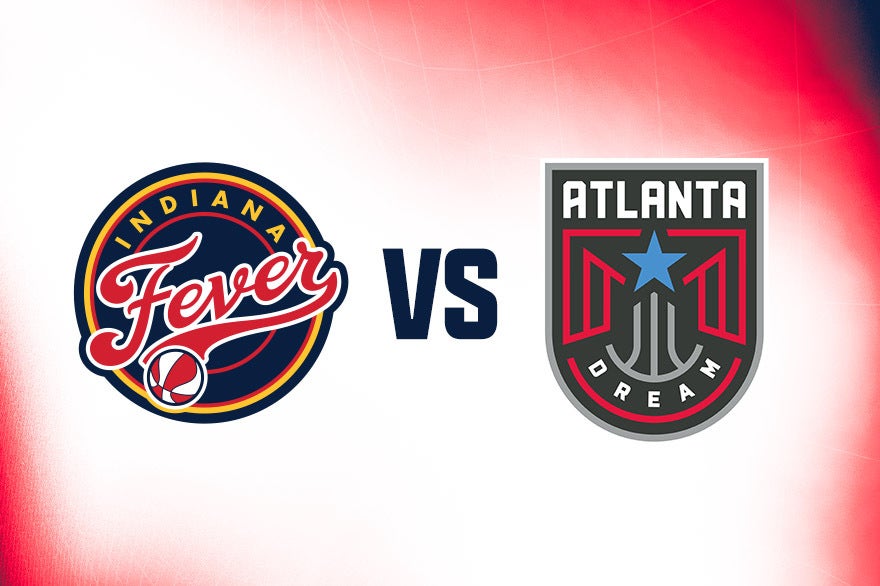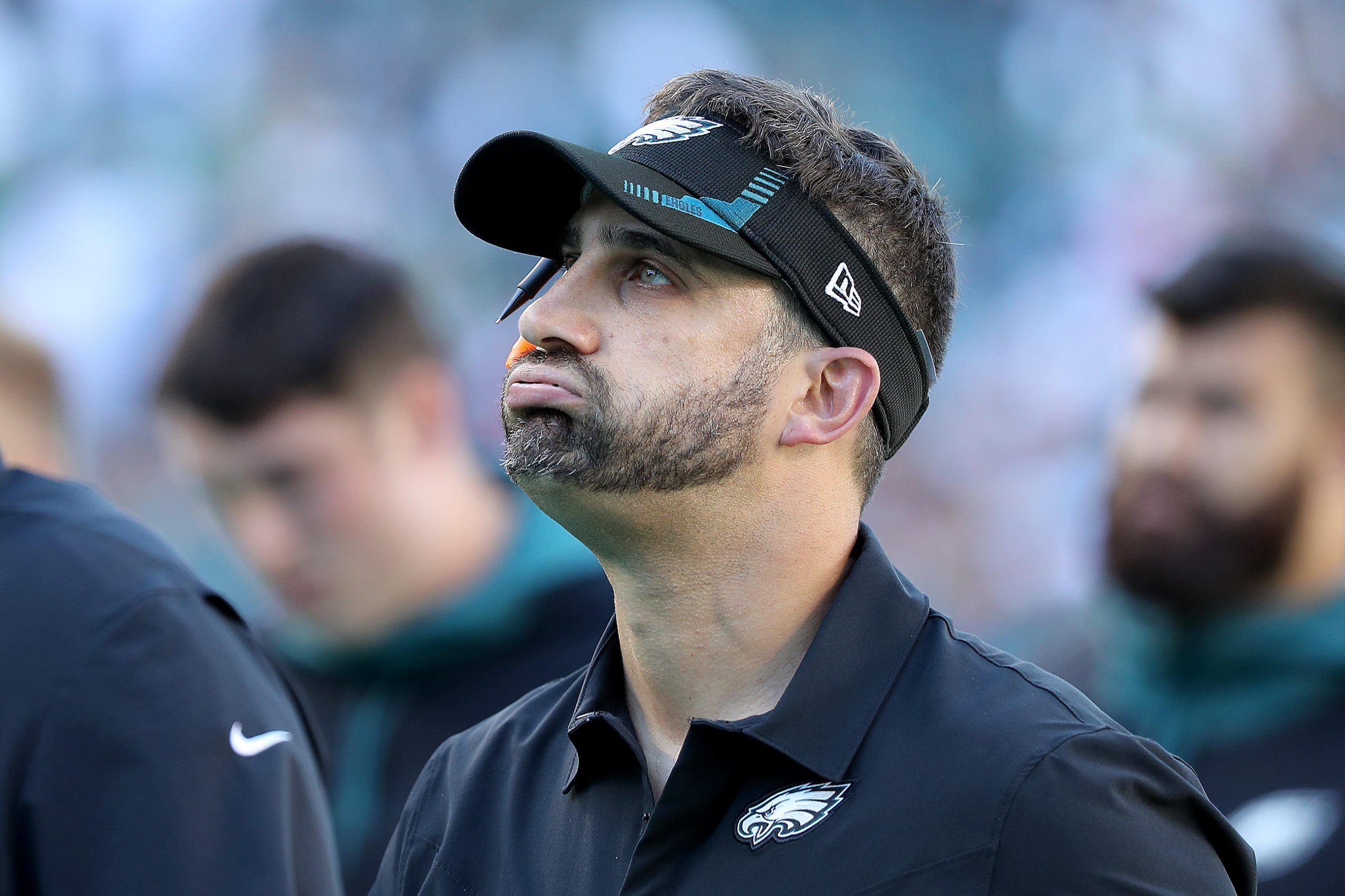It won’t be easy for Caitlin Clark in the WNBA, sports’ most unmerciful league
With only 144 spots and an ever-growing talent pool, the WNBA may be the most difficult league to make in all of sports. For a rookie class led by Caitlin Clark, it’ll be a whole new ballgame
From the moment Caitlin Clark was tapped by the Indiana Fever with the first overall pick in last month’s WNBA draft, the buzz surrounding the once-in-a-generation player from the American heartland has only redoubled.
The 22-year-old from West Des Moines, who broke Pete Maravich’s 54-year-old record to become the all-time leading scorer in major college basketball history earlier this year, is the bandleader of a sensational WNBA rookie class that has drawn millions of new fans to the women’s game in recent months – and generated an unprecedented sense of excitement as the league’s 28th season tips off on Tuesday night.
Signposts of the so-called Caitlin Clark Effect are everywhere you look. Her replica No 22 jersey sold out on the league’s official store within an hour of her being drafted. StubHub announced its sales for WNBA games were up 93% compared with last season. Last week the Dallas Wings and Atlanta Dream confirmed they’d sold out their season-ticket packages after the vaunted Las Vegas Aces did the same in March. When the WNBA’s streaming app failed to carry a preseason contest on Friday that featured the debuts of Chicago’s Angel Reese and Kamilla Cardoso, a fan’s cellphone livestream from the stands racked up over half a million views on the night and more than 2.5m overall in the days since.
And for all of the justifiable hand-wringing over Clark’s humble $76,000 rookie salary, her recently inked $28m endorsement deal with Nike is no small consolation, to say nothing of her previous lucrative pacts with the likes of Gatorade, State Farm, Xfinity and Panini.
Heady times, indeed. But the honeymoon won’t last long. It’s going to be a whole new ballgame for Clark when Indiana open their season against the Connecticut Sun on Tuesday night at Mohegan Sun Arena – and no one seems to know it better than Clark herself.
“The WNBA is so competitive right now,” Clark said last month in Brooklyn after Indiana confirmed America’s worst-kept secret by making her the top pick. “Every single time you step on the floor, it’s going to be a rivalry. I think so many teams are loaded with so much talent. This is the most competitive league in the entire world. Less than 144 spots.”
That’s no exaggeration: a smaller league means talent is more concentrated and pretty much every team is packed with elite talent. While the NBA is composed of 30 teams with up to 15 players allowed on a regular-season roster, the WNBA is currently made up of 12 teams with no more than 12 players apiece – with many clubs not even fielding the maximum due to rigid salary cap constraints. Unlike the NBA’s G League, there’s no developmental circuit where players who miss the cut can fall back and hone their skills, at least not domestically. And while opportunities do exist abroad, many of those spots are taken by established WNBA players supplementing their salaries in the offseason. The war in Ukraine and Brittney Griner’s nine-month incarceration have further complicated matters since few overseas leagues offered better pay than Russia.
It’s wrought a ruthless numbers game that reflects a cutthroat reality. Of the 36 players selected in the 2023 WNBA draft, only 15 appeared on opening-day rosters while barely half (19) have appeared in even one game at any point. Since 2018, more than one-third of all draft picks – 74 of 216 (34.3%) – have yet to play a single minute of a WNBA contest.
“We’ve even seen in recent years first-round picks who weren’t able to stick their rookie year,” ESPN analyst Rebecca Lobo said in a conference call with reporters last month. “The hardest part of this conversation every year is the reality is that second and third-round picks have a really hard time making WNBA rosters. First-round picks that go late have a hard time making WNBA rosters. We talk about a league of 144. It’s not a league of 144. Many of these teams only carry 11 players and maybe by the end of the season they can carry a 12th.”
The encouraging long-term news is the WNBA will, in fact, be expanding. The Bay Area was awarded a franchise in October that will join the league next year, while commissioner Cathy Englebert said on draft night that she believes it will add 14th, 15th and 16th teams by 2028.



